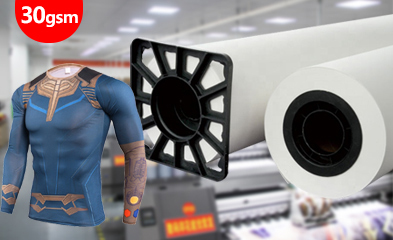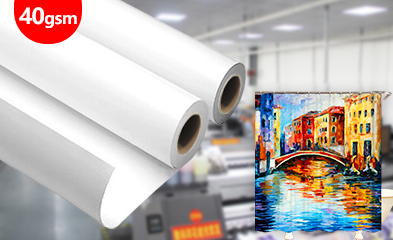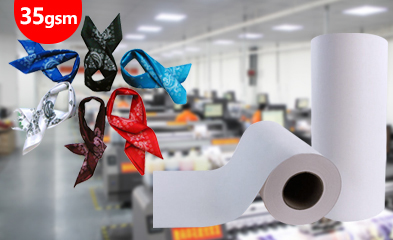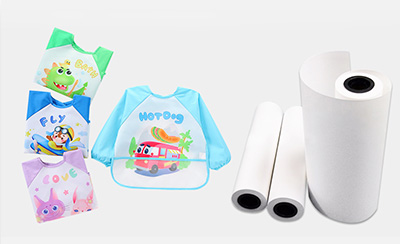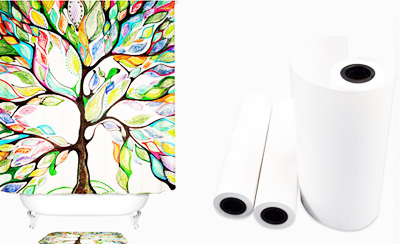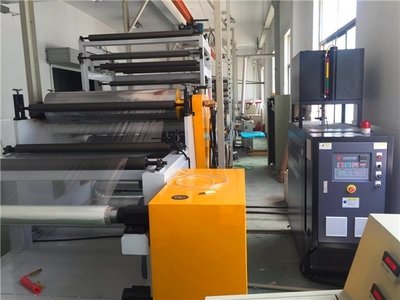HOT SALE
APPLICATION
Contact: Whatsapp:8618268932884 Email:helen.cf@changfatextile.com
Temperature is a crucial yet challenging aspect to control during the heat transfer printing process. If it’s too high or too low, it can affect the quality of the finished product, resulting in either unsatisfactory results or damaged materials. So, what temperature is typically required? Let’s delve into the details below.
The temperature for heat transfer printing depends on several factors, including the optimal temperature for dye application and color enhancement, the heat resistance of the fabric, and the duration of the heat transfer process.
Typically, the recommended temperature range for heat transfer is indicated as 190°C to 230°C on digital sublimation printers. However, accurately measuring the actual transfer temperature can be challenging. Strictly speaking, the indicated temperature on the digital sublimation printer does not necessarily reflect the actual transfer temperature. It is influenced by factors such as the manufacturing precision of the heating roller, the circulation volume of the heat transfer oil, and the loading method. At higher temperatures, heat transfer printing can be completed in a shorter time. In terms of productivity, it is desirable to use the highest possible transfer temperature without compromising the feel of the printed fabric.
The temperature range for heat transfer printing typically falls between 140℃ and 180℃. Once the optimal temperature is determined, it should be maintained stably, with a temperature fluctuation within ±2℃ being ideal. The heat transfer production process involves a one-time production run (heating and pressurization) using a heat transfer machine to transfer the intricate pattern design from the transfer film onto the surface of the product. After the process is complete, the ink layer integrates seamlessly with the product surface, resulting in a realistic and attractive finish.



